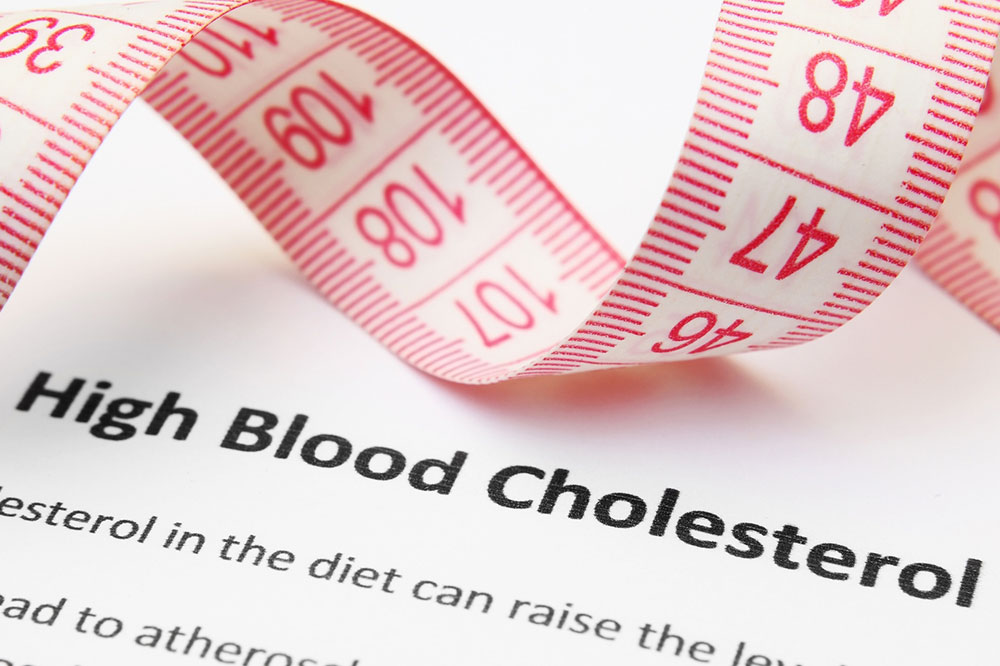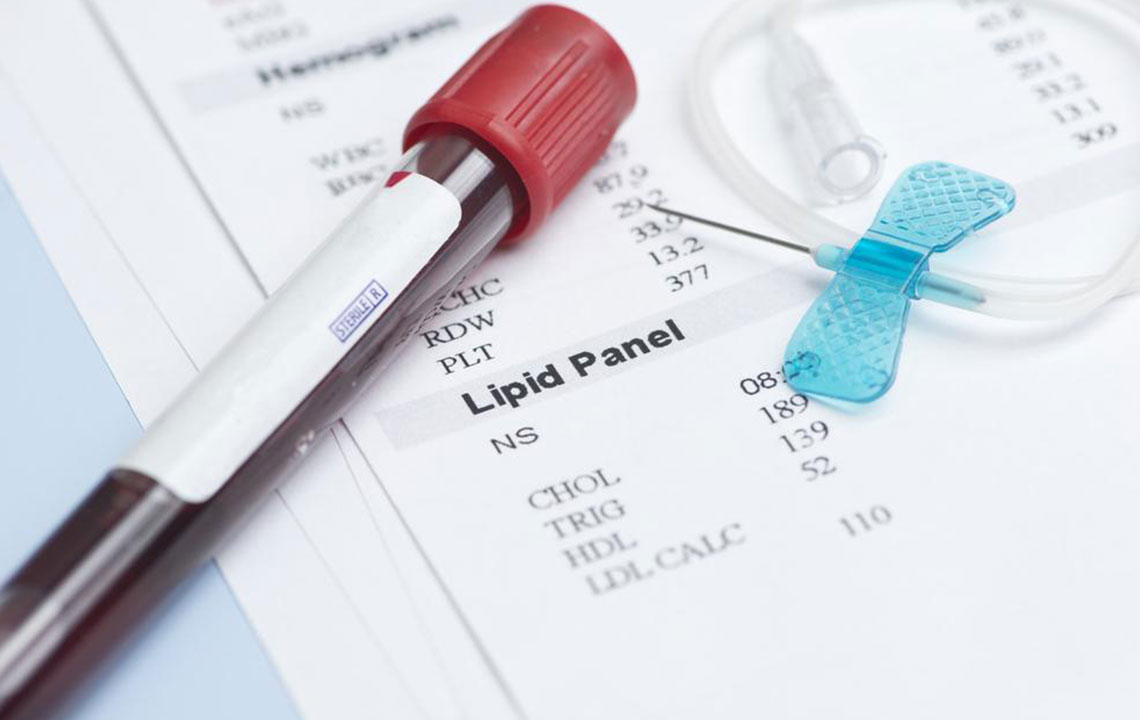Comprehensive Guide to Cholesterol Levels and Heart Disease Prevention
This comprehensive guide explains cholesterol types, ideal levels, and their significance in heart health. It emphasizes the importance of detailed lipid profiling and ratios like HDL, LDL, and their relationships in assessing cardiovascular risk. Learn about recommended testing frequencies, lifestyle strategies, and how cholesterol management can prevent heart disease. The article aims to help readers understand their cholesterol profile better and take proactive steps toward maintaining a healthy heart through practical advice and medical insights.

Understanding Cholesterol Levels and Their Impact on Heart Health
The Importance of Monitoring Your Cholesterol Profile
Regular blood tests that measure cholesterol are essential tools in assessing your risk for heart disease and heart attacks. Healthcare professionals analyze various lipid components in your blood, including high-density lipoprotein (HDL), often called the "good" cholesterol, low-density lipoprotein (LDL), known as "bad" cholesterol, triglycerides, and other key markers. While traditional assessments focused primarily on total cholesterol levels, recent advancements in cardiovascular diagnostics now favor a more detailed evaluation of specific lipoproteins and their ratios to better predict heart health risks.
Extensive research demonstrates that a detailed analysis of HDL, LDL, and their ratios offers superior insights into heart disease risk compared to total cholesterol measurement alone. This comprehensive approach helps in identifying individuals who are at heightened risk, even if their total cholesterol level appears within a normal range. Regular monitoring enables better prevention and management strategies, potentially saving lives by reducing the incidence of coronary artery disease.
Who Should Get Their Cholesterol Checked?
Healthcare experts recommend that individuals under the age of 40 undergo cholesterol testing at least once every five years. Those with risk factors such as a family history of heart disease, hypertension, smoking, or obesity should have their cholesterol levels checked more frequently. A complete lipid profile includes assessing HDL, LDL, triglycerides, and other significant indicators to provide a detailed understanding of cardiovascular health.
Understanding Ideal Cholesterol Levels
A healthy total cholesterol level is generally considered to be below 200 mg/dL. However, focusing solely on the total number can be misleading; individual components like HDL, LDL, and triglycerides play crucial roles. Optimal levels include LDL cholesterol below 100 mg/dL to reduce artery-clogging risks, HDL cholesterol above 60 mg/dL to provide protective benefits, and triglycerides under 150 mg/dL to support overall heart health.
Recent guidelines suggest that healthcare providers should prioritize cholesterol ratios over individual lipid numbers for risk assessment. Specifically, the total cholesterol to HDL ratio is a valuable marker, with an optimal value around 3.5. Ratios higher than this could indicate an increased risk of heart disease, prompting further intervention and lifestyle modifications.
Understanding Cholesterol Testing
A simple blood test measuring total cholesterol can be performed without fasting, offering a quick snapshot of your lipid profile. However, since total cholesterol encompasses HDL, LDL, and other lipids, examining individual component levels provides more accurate risk information. High LDL levels and low HDL levels are significant predictors of cardiovascular issues, irrespective of total cholesterol values.
LDL — The “Bad” Cholesterol
LDL cholesterol is the primary contributor to atherosclerosis, or plaque buildup within arteries. When LDL levels surpass desirable ranges—ideally below 100 mg/dL—there's an increased risk of blockages, leading to heart attacks and strokes. Fasting for at least 12 hours before a test ensures accurate LDL measurement. Additionally, avoiding alcohol consumption for 24 hours prior can improve measurement accuracy.
HDL — The “Good” Cholesterol
HDL is crucial for cardiovascular protection, as it helps remove LDL cholesterol from arterial walls. Levels above 60 mg/dL are considered protective and reduce heart disease risk. Conversely, levels at or below 40 mg/dL increase risk. Maintaining healthy HDL levels can be achieved through regular exercise, a balanced diet rich in healthy fats, and avoiding smoking.
Non-HDL Cholesterol
This metric is derived by subtracting HDL from total cholesterol and includes all potentially harmful lipoproteins. Keeping non-HDL cholesterol below 130 mg/dL is associated with a reduced risk of coronary artery disease. It offers a broader view of atherogenic particles beyond LDL alone and is increasingly used for comprehensive risk assessment.
Cholesterol Ratios and Their Significance
The ratio of total cholesterol to HDL is a powerful indicator of cardiovascular risk. A lower ratio suggests a better balance between protective and harmful cholesterol, indicating lower risk. Conversely, higher ratios can signal increased vulnerability to heart disease. Similarly, the LDL to HDL ratio provides insight into lipid balance; a lower ratio correlates with healthier arteries and a decreased likelihood of cardiovascular events.
Strategies to Maintain Healthy Cholesterol Levels
Adopting a heart-healthy lifestyle is essential for managing cholesterol levels. This includes consuming a diet rich in fruits, vegetables, whole grains, and healthy fats such as omega-3 fatty acids found in fish. Regular physical activity, weight management, quitting smoking, limiting alcohol intake, and controlling stress all contribute to favorable lipid profiles. In some cases, medication may be necessary under medical supervision to achieve target levels.
By understanding and regularly monitoring your cholesterol profile, you empower yourself to make informed health decisions and reduce your risk of serious cardiovascular issues. Staying proactive with lifestyle changes and working closely with healthcare providers are key strategies for maintaining optimal heart health.





